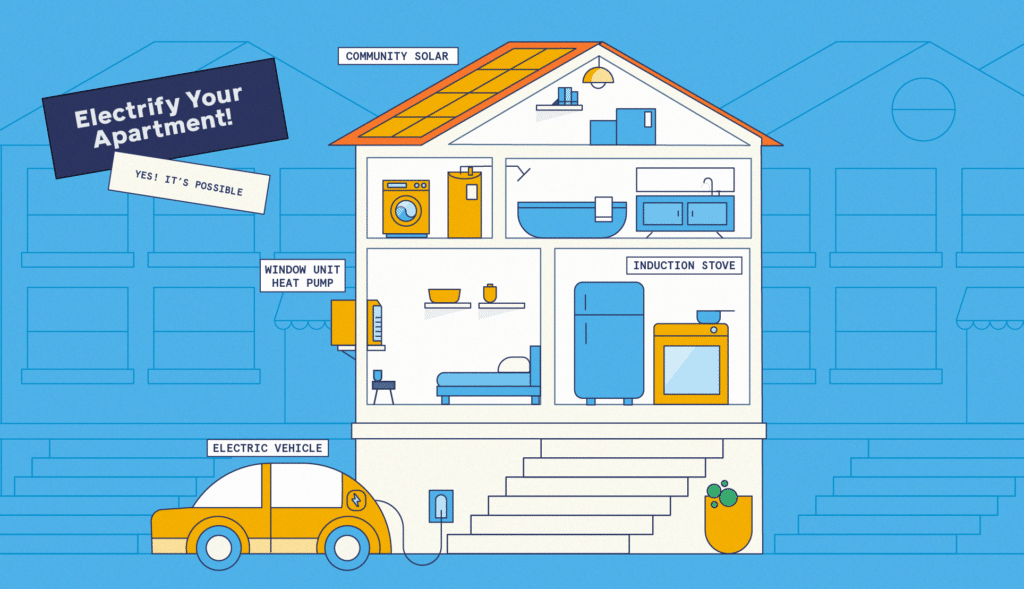Alternatives to the gas stove – like electric and induction – are having their moment. Research shows gas stoves pose both indoor and outdoor health threats through their exclusive reliance on fossil fuels. Electric stoves on the other hand, are not connected to a gas hook-up and instead plug in to the local grid, which in most places across the U.S., are getting cleaner and cleaner. Thanks to incentives in a new clean energy law making the transition to an electric stove has never been more affordable.
Improved precision and efficiency with electric stovetops
A growing number of professional and home cooks with an electric stove will tell you that the stovetop allows for faster and more precise cooking. Electric stoves are far more efficient and precise. With little escaping heat, temperature is constant and completely controlled. Energy required to heat an electric stove is greatly reduced compared to gas stoves. Induction stoves, a type of electric stove, go even further to improve efficiency and utility with the use of magnetic induction rather than thermal induction. That means that what you’re cooking with is heated directly and in a fraction of the time gas stoves need.
Get cooking with new rebates for electric stoves
New clean energy laws offer up to $840 to make the switch to electric stoves. In order to qualify for the rebate, users must have a gas stove that they want to replace. If you are a renter, stay on the lookout for new legislation that will limit (or end) the installation of gas stoves in your city, and the harmful emissions they generate.















